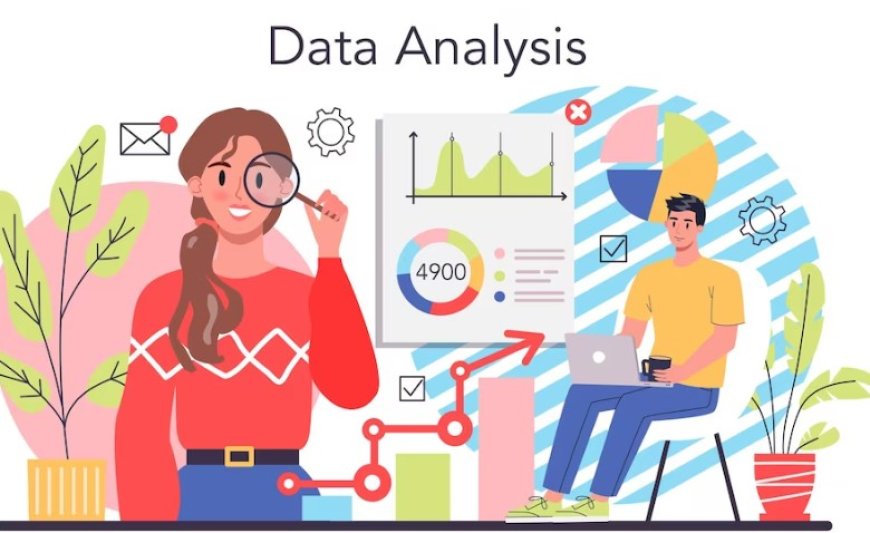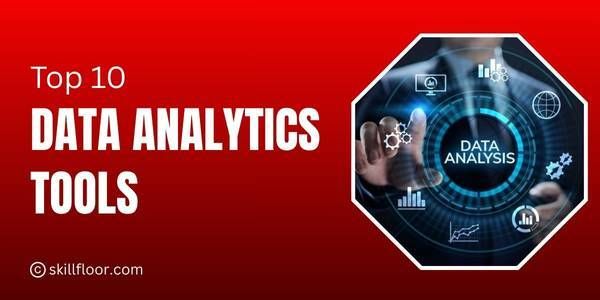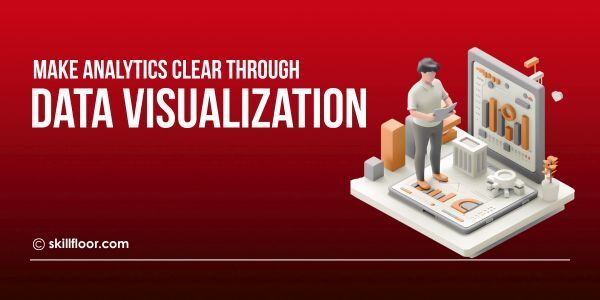The Power of Data: Exploring Different Types of Data Analysis
Uncover insights and make informed decisions with data analysis. Discover the future of data analytics and harness its transformative power.

Welcome to the world of data analysis, where the possibilities are limitless and insights abound. In this blog, we will delve into the fascinating realm of data analysis and explore its different types. From descriptive analysis to predictive modeling, we will uncover the various ways data can be analyzed to extract valuable information. So, fasten your seatbelts and get ready to embark on a journey of discovery!
Descriptive Analysis
Descriptive analysis is like painting a picture with numbers. It involves summarizing and presenting data in a meaningful way, such as through tables, charts, or graphs. This type of analysis helps us understand the characteristics and patterns within a dataset. By examining key metrics and trends, we can gain insights into past events, uncover relationships, and identify potential areas for further exploration.
Diagnostic Analysis
Diagnostic analysis is like peeling back the layers of data to understand the underlying causes and factors that contribute to specific outcomes or phenomena. It involves digging deeper into the data to answer the question "why." By examining relationships, correlations, and patterns, diagnostic analysis helps us gain insights into the root causes and mechanisms behind certain events.
Unlike descriptive analysis, which focuses on summarizing data and presenting key metrics, diagnostic analysis aims to uncover the reasons and explanations behind observed trends or behaviors. It helps us understand the relationships between variables and identify the factors that influence a particular outcome.
Diagnostic analysis is valuable in problem-solving and decision-making processes. It enables us to identify the strengths and weaknesses of a system, determine the drivers of success or failure, and evaluate the effectiveness of interventions or strategies. By understanding the underlying causes, organizations can make informed decisions, optimize processes, and mitigate risks.
For example, in marketing, diagnostic analysis can help identify the factors that contribute to customer churn. By examining customer behavior, demographics, and engagement metrics, organizations can uncover patterns and triggers that lead to customer attrition. This understanding can guide targeted interventions to improve customer retention and loyalty.
Predictive Modeling
Predictive modeling is like a crystal ball that helps us anticipate the future. It involves using historical data and statistical techniques to make predictions and forecast future outcomes. By building models and analyzing patterns, we can estimate the likelihood of certain events or trends. This type of analysis enables businesses to make informed decisions, optimize resources, and plan for the future.
Prescriptive Analysis
Prescriptive analysis is like a trusted advisor that guides us towards the best course of action. It involves using advanced analytics techniques to determine the optimal solutions or actions based on various constraints and objectives. By considering different scenarios and possible outcomes, prescriptive analysis helps organizations make data-driven decisions and optimize their strategies for maximum effectiveness.
Exploratory Analysis
Exploratory analysis is like embarking on an exciting adventure into uncharted territory. It involves delving into a dataset with an open mind, exploring patterns, and uncovering hidden insights. This type of analysis is often used in the early stages of research or when dealing with large and complex datasets. By asking questions and testing hypotheses, exploratory analysis allows us to discover new relationships and possibilities.
Qualitative Analysis
Qualitative analysis involves analyzing non-numerical data such as text, images, or video. It focuses on understanding and interpreting the subjective aspects of data, such as opinions, sentiments, or themes. Qualitative analysis techniques include content analysis, thematic analysis, and sentiment analysis. This type of analysis helps uncover rich insights about human behavior, motivations, and perceptions.
Time Series Analysis
Time series analysis is like peering into the past to predict the future. It involves analyzing data points collected over a specific time period to understand patterns, trends, and seasonality. Just like a story, each data point in a time series has a timestamp, and by studying the sequence of these data points, we can extract valuable insights.
Time series analysis is widely used in forecasting and understanding the behavior of time-dependent data. It helps us identify trends, seasonal patterns, and even forecast future values. This analysis technique is applicable in various domains such as finance, sales forecasting, weather prediction, and demand forecasting.
By analyzing historical patterns, time series analysis empowers organizations to make informed decisions. It allows us to identify opportunities, plan resources, and optimize strategies. For example, a retailer can use time series analysis to predict future sales and adjust inventory levels accordingly. Similarly, a financial institution can use it to forecast market trends and make investment decisions.
With the advancement of machine learning and statistical techniques, time series analysis has become even more powerful. It enables us to model and forecast complex data patterns, consider multiple variables, and make accurate predictions.
EXT Mining and Natural Language Processing (NLP)
Text mining and NLP techniques are used to extract insights from unstructured textual data. It involves processing and analyzing large volumes of text to identify patterns, topics, sentiment, or entities. Text mining enables organizations to gain valuable insights from sources like customer reviews, social media posts, or survey responses. NLP techniques enable sentiment analysis, text classification, and information extraction.
Spatial Analysis
Spatial analysis involves analyzing data that has a geographic component. It focuses on understanding the relationships, patterns, and distributions of data across different locations. Spatial analysis techniques include mapping, clustering, and spatial regression. It is widely used in fields such as urban planning, environmental analysis, and logistics to make informed decisions based on geographical data.
Network Analysis
Network analysis is like unraveling the intricate web of connections that exist between entities. It involves studying relationships, interactions, and dependencies within a network structure. Just like social networks connect people, network analysis connects nodes (entities) and edges (relationships) to uncover meaningful insights.
By applying network analysis techniques, we can identify key influencers, understand how information flows, and uncover hidden communities within a network. It allows us to visualize and analyze complex systems, such as social networks, transportation networks, or even online networks.
Network analysis can help organizations in various ways. For instance, it aids in understanding customer relationships and identifying influential customers or target segments. It can optimize supply chain networks by identifying bottlenecks, improving efficiency, and enhancing logistics. In addition, network analysis is used in fraud detection to uncover patterns of fraudulent behavior and identify potential risks.
By studying the relationships between entities, network analysis enables organizations to make informed decisions, optimize processes, and identify opportunities for growth. It provides a fresh perspective and helps us comprehend the underlying dynamics of complex systems.
On the whole, Data analysis is a powerful tool that unlocks the potential of data and provides valuable insights for decision-making. From descriptive analysis that paints a clear picture of the past, to predictive modeling that anticipates the future, each type of data analysis brings its own unique benefits. By leveraging these different types of analysis, organizations can gain a comprehensive understanding of their data, identify trends, make informed decisions, and drive business success. So, embrace the power of data analysis, explore its various types, and let your organization thrive in the data-driven era. Happy analyzing!



























































